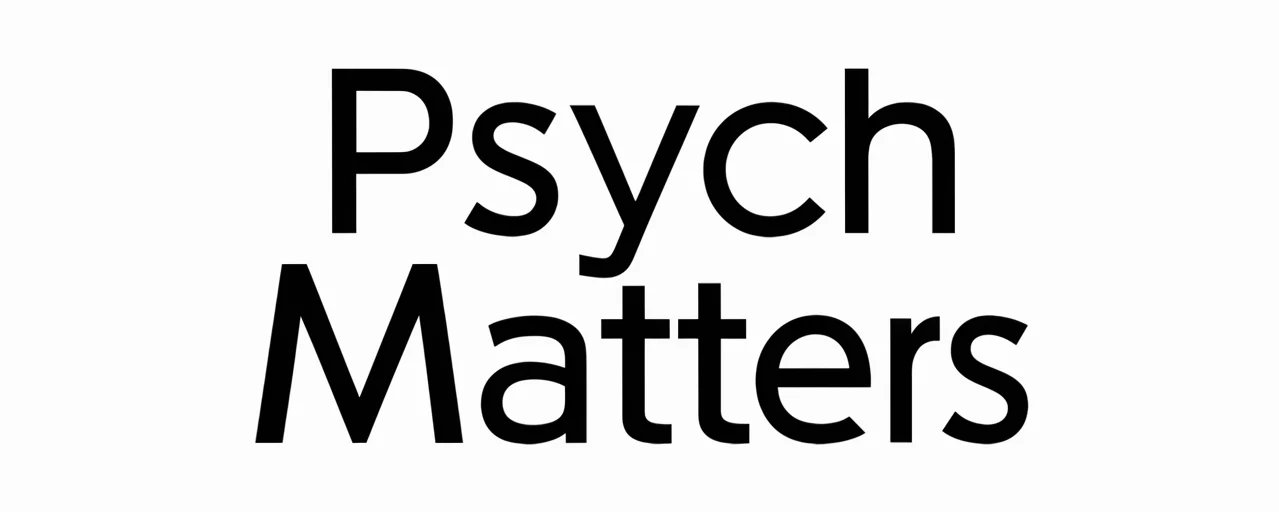Inside the Mind of Digital Trust
Introduction – Trust 2.0: Why We Believe Online
In an increasingly connected world, the concept of trust has evolved to accommodate the complex nature of digital interactions. From e-commerce transactions to relying on artificial intelligence for decision-making, individuals must decide whether a platform, person, or system is worthy of their confidence. This phenomenon—often described as digital trust—reflects a psychological and technological fusion, where trustworthiness is judged both by human perception and the integrity of systems.

Understanding the psychology of digital trust is essential for businesses, policymakers, and individuals navigating online environments. It involves analyzing the cognitive, emotional, and behavioral mechanisms that influence trust formation, maintenance, and erosion in virtual contexts.
Foundations of Digital Trust
The foundations of digital trust build upon traditional notions of interpersonal trust but are shaped by the properties and structures of the digital ecosystem. According to academic analyses such as Conceptual Foundations of Digital Trust, two primary dimensions guide this framework:

- Relational Trust – trust between individuals extended into online contexts, informed by interpersonal relationships, digital literacy, and social network strength.
- Mechanical Trust – trust in systems, infrastructure, and technology features such as encryption, authentication protocols, and platform reliability.
An ecosystem approach integrates both relational and mechanical trust, recognizing that effective trust building depends on shared norms, standardized protocols, and cross-stakeholder cooperation. This holistic view emphasizes that technical safeguards alone are insufficient without social and psychological reinforcements.
Psychological Mechanisms at Play
Digital trust functions as a psychological mechanism to reduce uncertainty in complex and opaque online environments. As explored in integrated trust models, two core types of trust underpin user experience:

- Cognitive Trust – based on reasoned judgments about a party or system’s competence, reliability, and integrity.
- Emotional Trust – rooted in feelings of affinity, comfort, and empathy toward an entity, whether it is human or machine.
Digital trust often develops through trust transfer mechanisms, where trust in one context or entity extends to another (e.g., trusting a payment processor because one trusts the retailer). The interplay between hard trust mechanisms (security protocols, user interface transparency) and soft trust mechanisms (reputation, user satisfaction, community endorsement) shapes online credibility and consumer confidence.
Cognitive Biases and Perceived Control
The human brain relies on heuristics when making trust decisions online, a process influenced by cognitive biases described in dual-process theories. As reported in studies on digital trust formation, two recurring psychological factors are:

- Optimism Bias – users often overestimate the safety of their digital activities, assuming they can control what data they share.
- Perceived Control – a sense of autonomy over data sharing reduces perceived risk, fostering greater willingness to transact online.
Conversely, when platforms obscure privacy settings or appear opaque, skepticism intensifies. These perceptual elements strongly influence the willingness to adopt new technologies and can form psychological barriers to online trust.
Digital Traces and Trust Dynamics
Our online interactions leave digital footprints—from social media activity and messaging history to geolocation data. These traces can strengthen transparency and accountability but also create vulnerabilities. As described in research on trust and betrayal in the digital age:

- Transparency Effects – visible communication histories or transaction logs can enhance perceived honesty.
- Suspicion and Privacy Concerns – the same digital trails can be monitored or misinterpreted, leading to mistrust.
In personal and professional relationships, managing expectations around data sharing has become critical for sustaining trust. Privacy breaches or perceived secrecy in digital communications often result in significant damage to relational trust.
Trust Across Human and Artificial Agents
The scope of digital trust extends beyond human relationships into interactions with artificial agents such as chatbots, recommendation algorithms, and autonomous systems. The rise of these technologies necessitates a re-evaluation of how we ascribe trustworthiness to non-human entities. According to behavioral and neurophysiological work reviewed in studies on trust and digitalization, trust judgments in these contexts are influenced by:
- Human-likeness – anthropomorphic design cues can increase empathy and trust toward machines.
- Performance Consistency – reliability in output and interaction fosters long-term trust.
The neurobiological processes activated during human-computer trust interactions appear to mirror some interpersonal trust dynamics, though with unique emotional-cognitive pathways.
Building and Sustaining Digital Trust
Effective trust building in digital platforms requires integrating technical safeguards with user-centered design strategies. Proven approaches include:
- Enhancing transparency in privacy policies and data use.
- Using trust signals such as verified identities, user reviews, and security certifications.
- Incorporating user experience optimization to reduce perceived risks and increase satisfaction.
- Providing personalized control dashboards so users can manage privacy settings easily.
Measuring digital trust—through trust metrics and ongoing user feedback—enables platforms to respond proactively to emerging concerns. In practice, digital privacy assurance, online security features, and consistent service quality converge to shape consumer trust in mobile apps, e-commerce platforms, and digital banking solutions.
Conclusion – Navigating Trust in a Connected World
Digital trust is a cornerstone of modern online engagement, relying on psychological principles, behavioral patterns, and system design elements. By understanding its cognitive underpinnings, emotional dynamics, and technological facilitators, stakeholders can foster environments where trust is not only earned but sustained. As interactions between humans and digital systems continue to expand, building resilient trust frameworks will be crucial for ensuring safe, transparent, and meaningful digital experiences.







